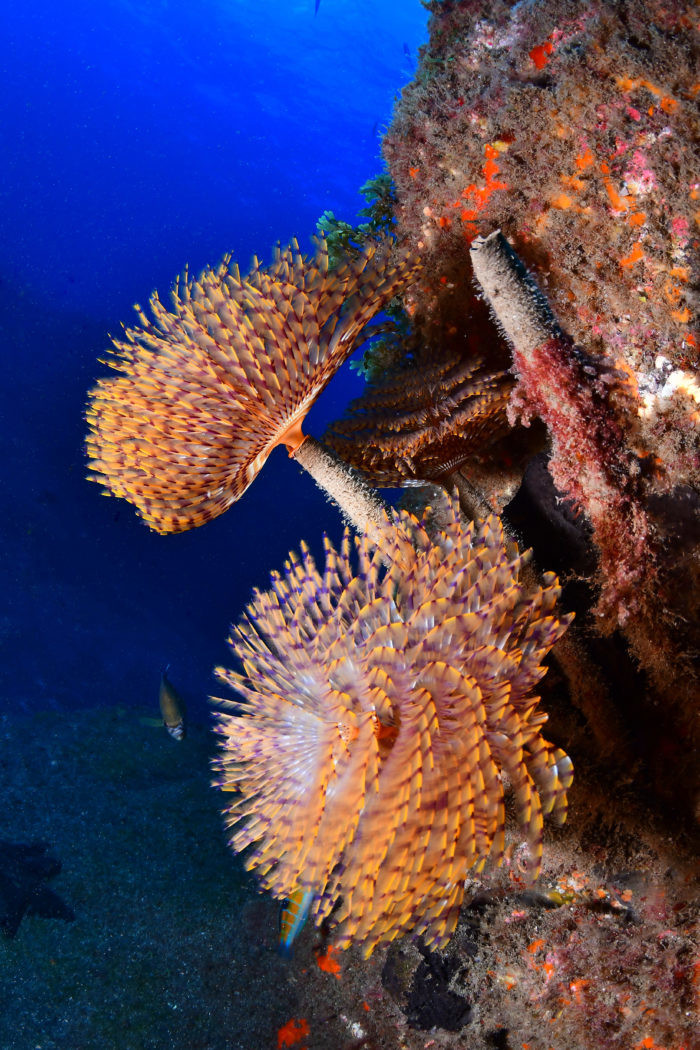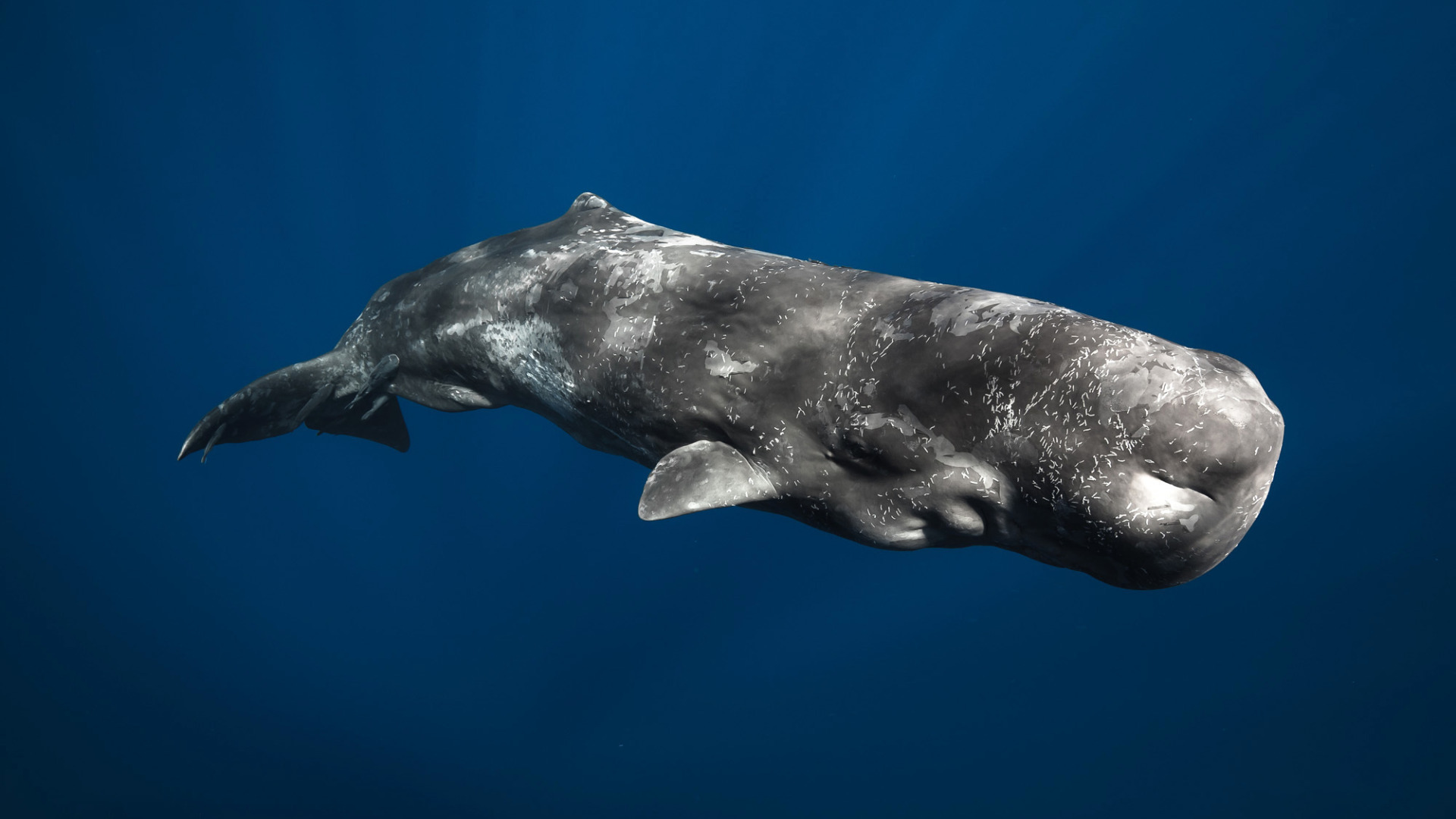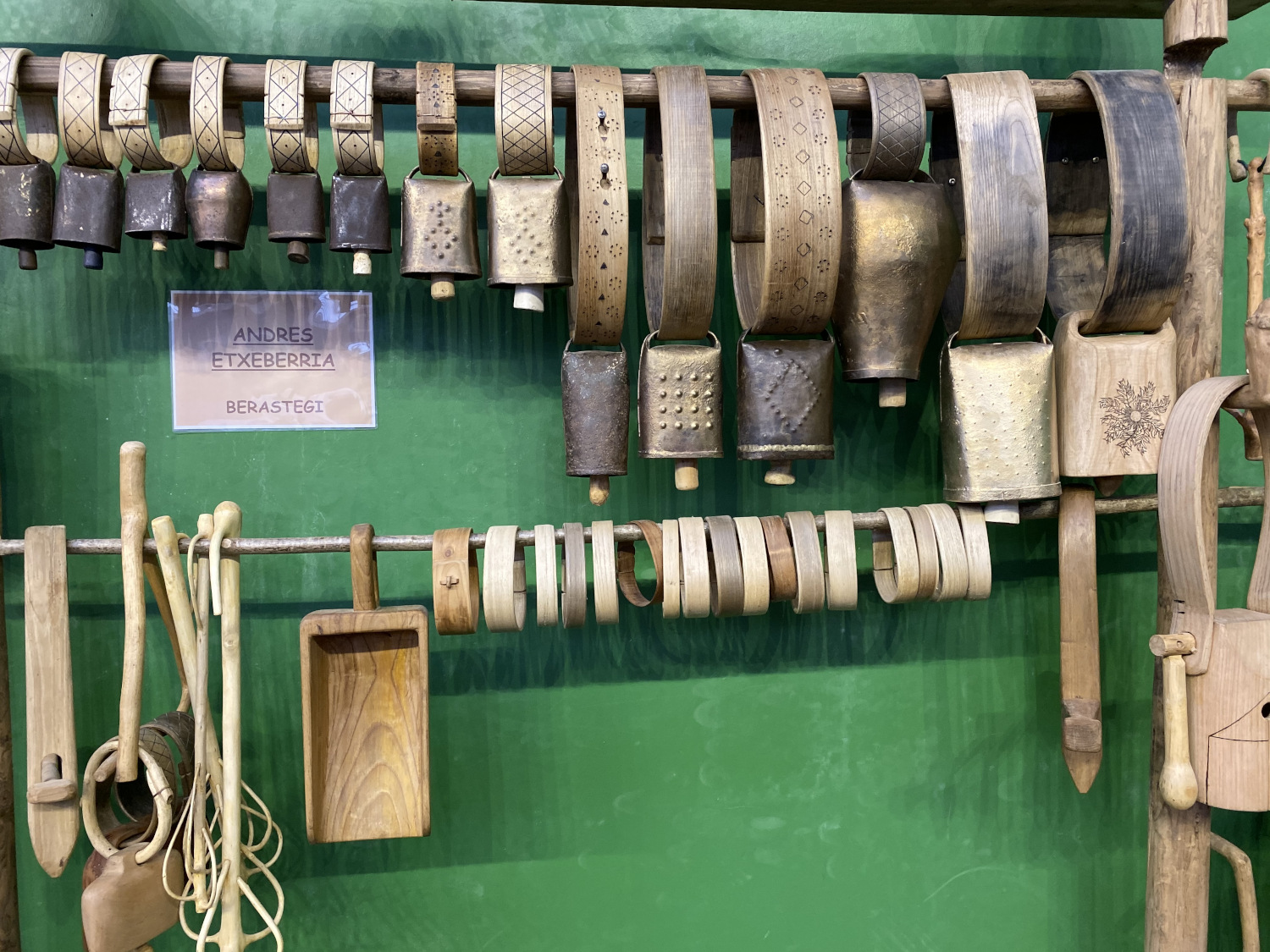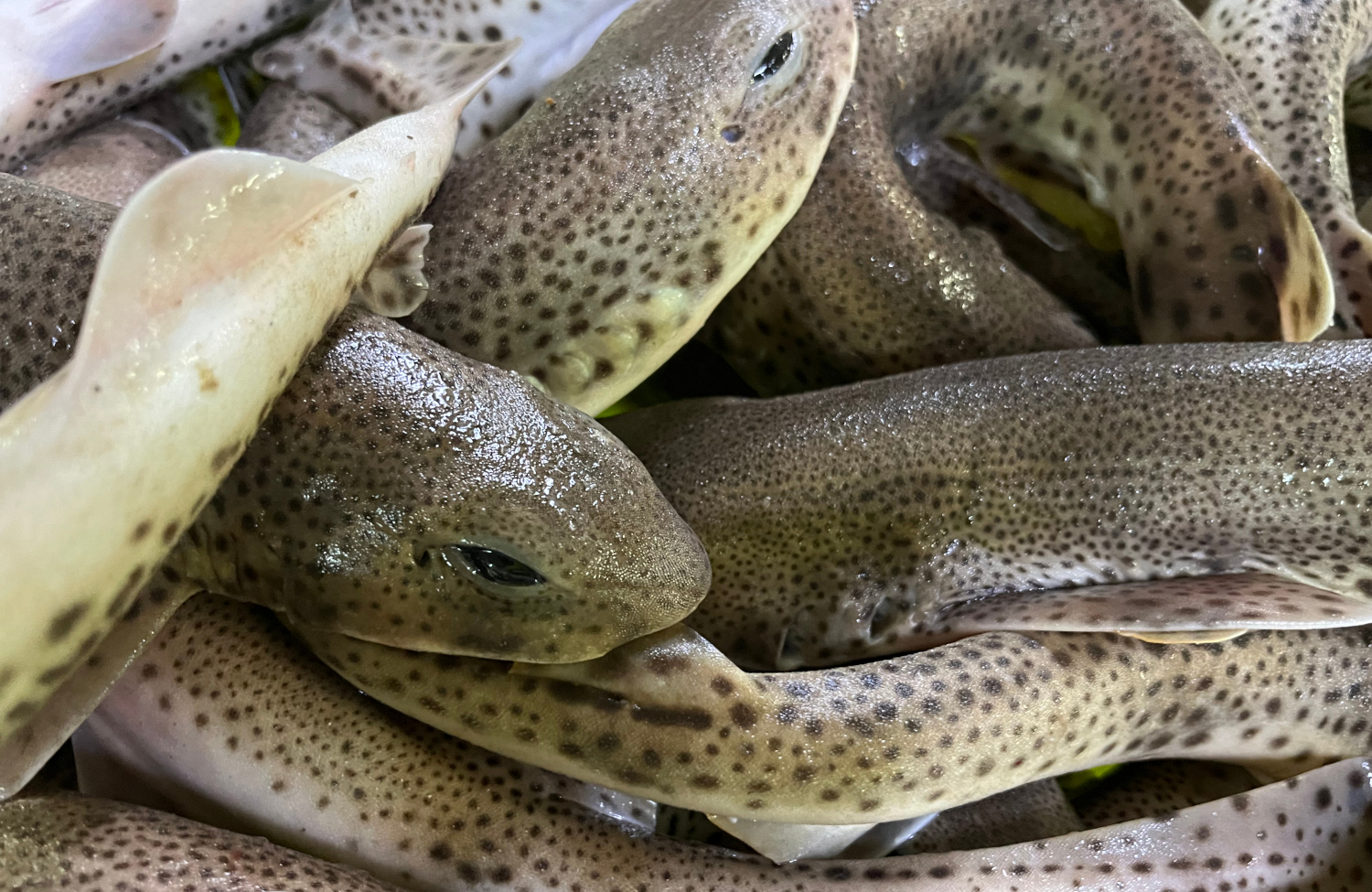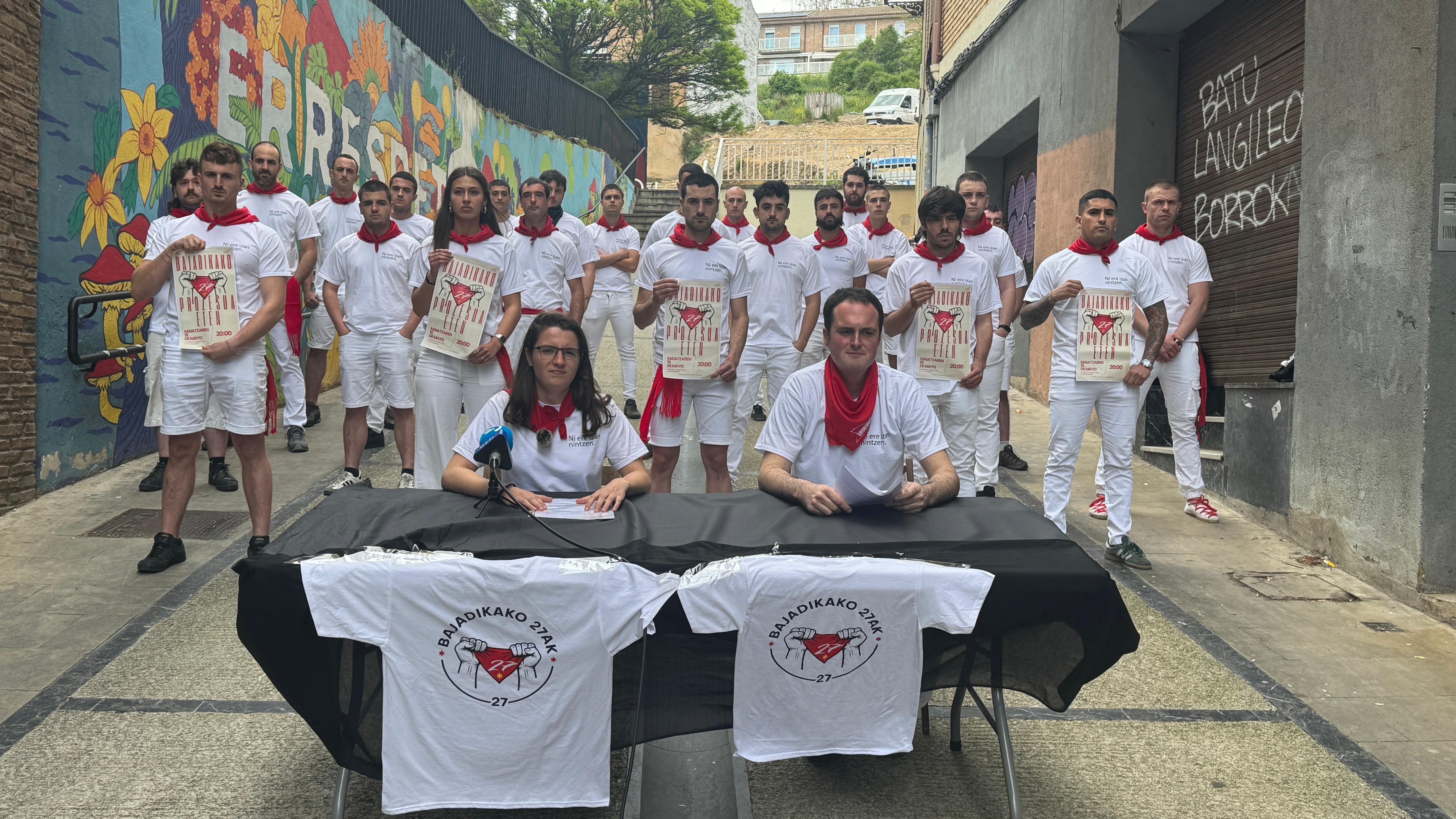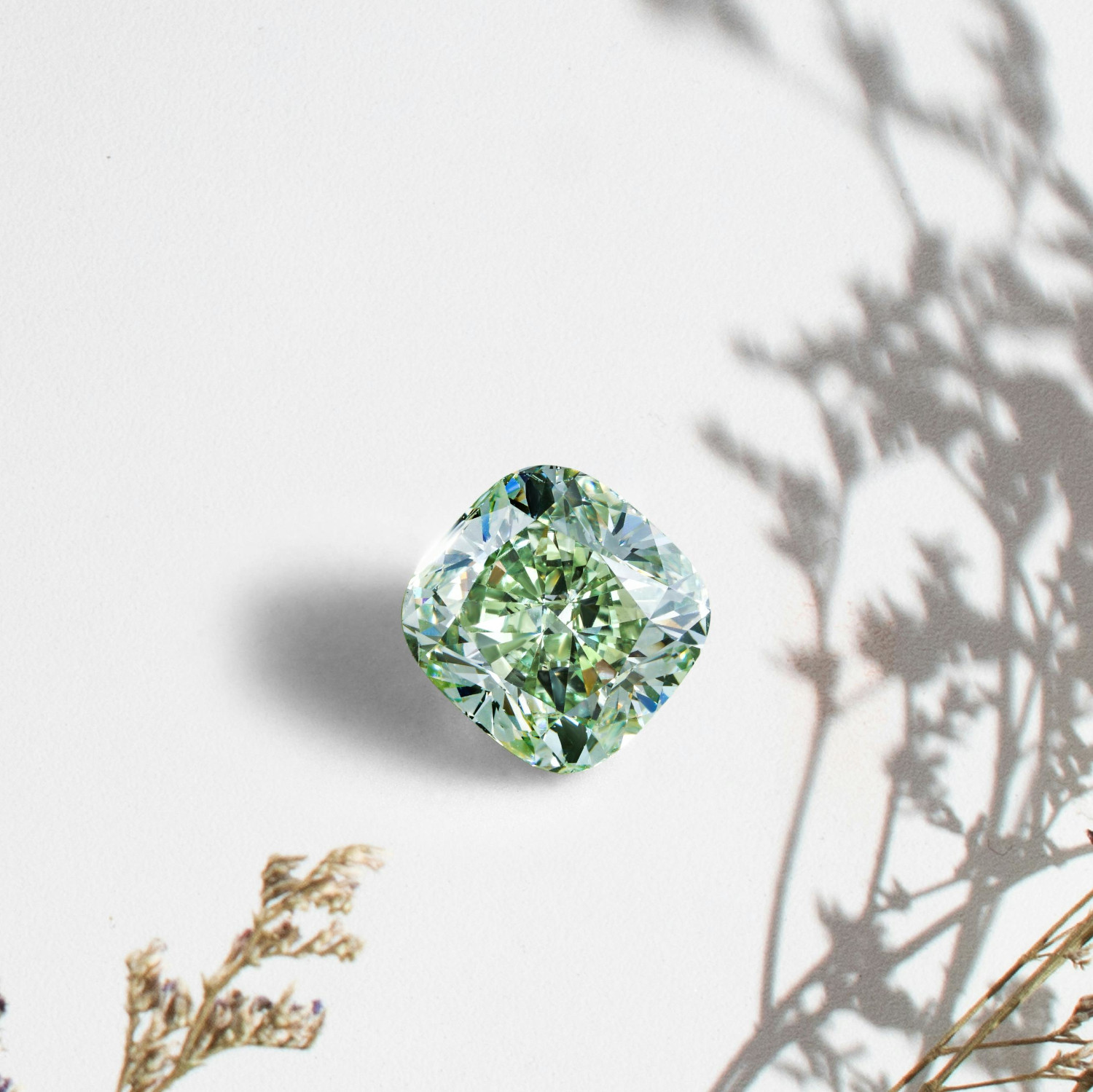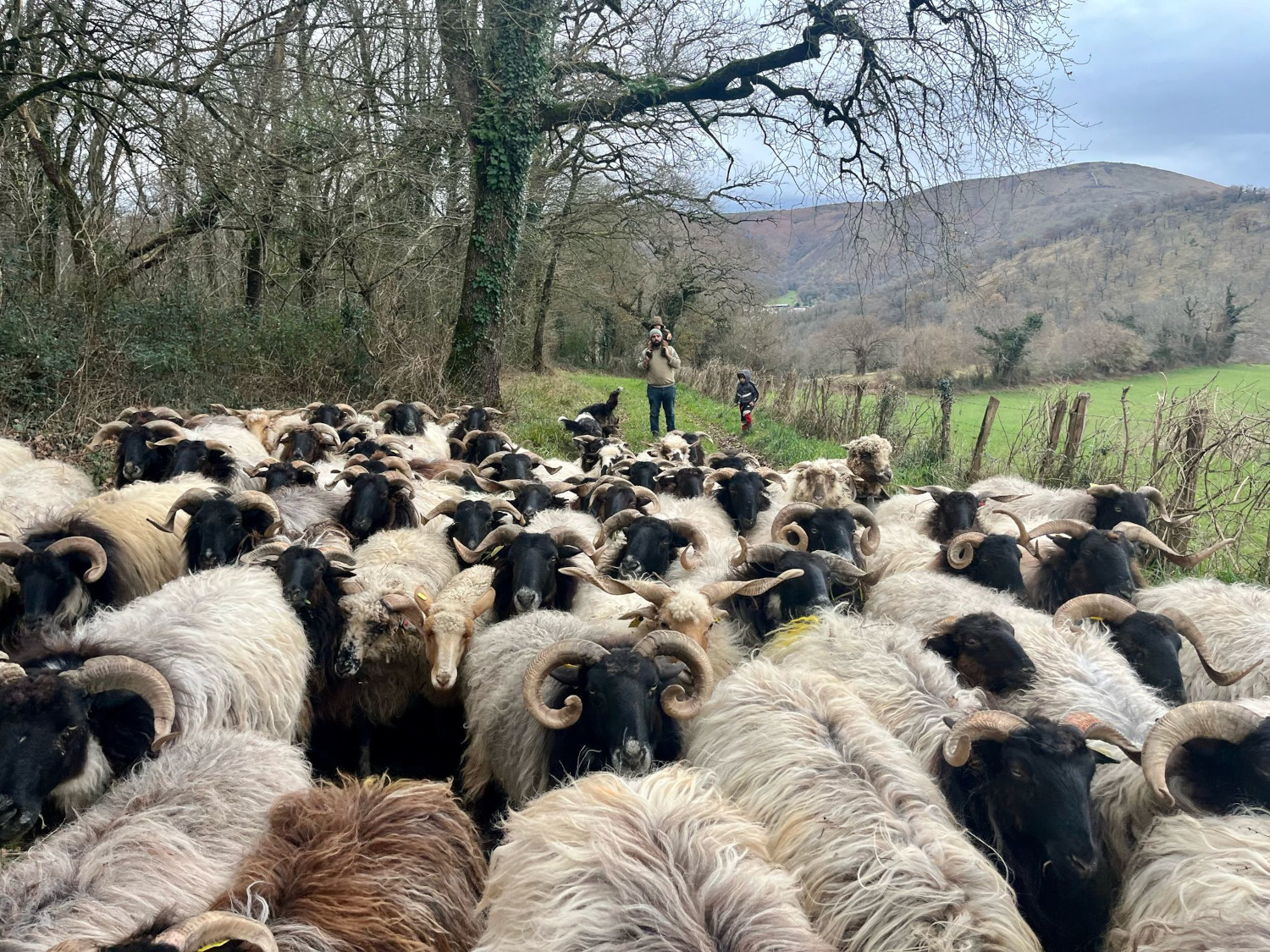Collective initiative for the revitalization of chestnuts in Iparralde
- Urepeldarra Gilles Texier has been working for years on the recovery and transformation of chestnut. After a period of absence, he returned to Urepel ten years ago and was interested in an initiative on the knowledge of chestnut: “We organize the day of transmission and invite the village’s elders to share with others their knowledge of chestnut,” he explains. Then, in some community autonomy meetings, Texier proposed the idea of recovering the chestnut and since that first seed several projects have been launched during these years.

Ardeche went to the Texier region to study in his projects: “It’s the region that produces the most chestnuts in France, and I went to see how my farmers work.” On his return in 2018, a project to start working on chestnuts was started in Urepel: he took a plot, cleaned it and began collecting chestnuts, drying and making flour. The collective was called Kirikiñausi, referring to the traditional stone deposits for the conservation of chestnuts. These are some of the instruments currently used for processing, such as drying plants and drying chestnut whitening.
A year ago, when Texier started working on his own, he joined the Gaztaina association and, together with other members of the team, they set up the chestnut processing ship. It features calibration, bleaching and punching equipment and a cold chamber to store chestnuts. “We make chestnut cream, bounce and natural chestnut, peeled and bottled,” he explains.
Retrieving sprouted chestnuts
Unlike the other members of the association, Texier lacks land and chestnuts and has therefore dealt with the farmers in the area: “I rent chestnuts. Many were abandoned, very revegetated, and they have asked for a lot of work to be chestnut again.” The producer has taken on tasks of clearing, cleaning the area, pruning trees, etc. in exchange for collecting chestnuts.
Texier, under the name of Gormutxa, began last year to sell products derived from chestnut, which means morcotsa. “I don’t sell in large quantities, but I’ve been in the typical shops in the area and in the Baigorri market,” he says. For the time being, it does so on its own, although it does not rule out the possibility of producing collectively for the future: “The CUMA, a very widespread agricultural machinery cooperative in the French state, for the transformation of the Ardech chestnut, are models that have organized collectivized buildings and equipment, allowing a young man to start a small investment in cultivation.”
Pond of Venice, year 452. Prompted by the Huns' invasion, several inhabitants of the interior of the Italian peninsula took temporary refuge in the swampy area. But the Lombard invasions came in a few years, and it would become a permanent home for those immigrants. It was a... [+]










